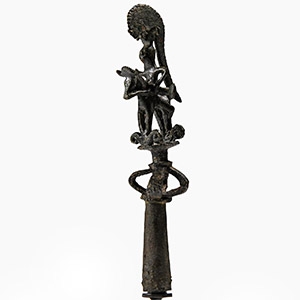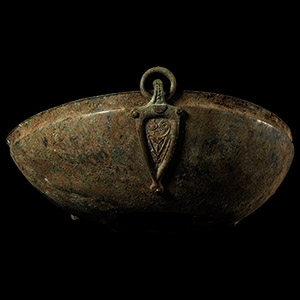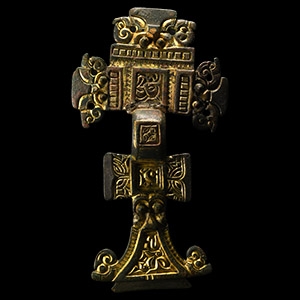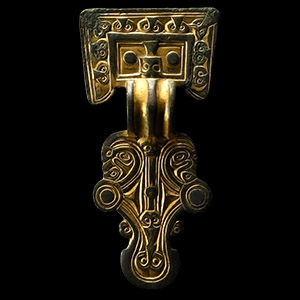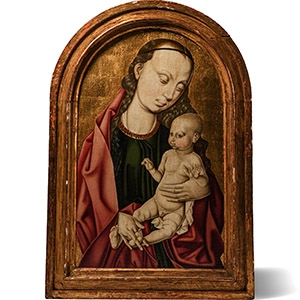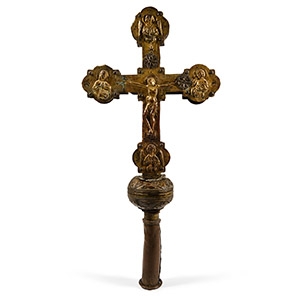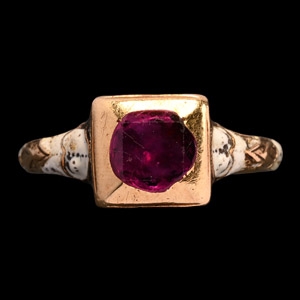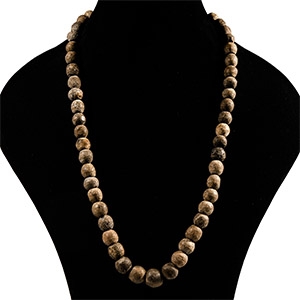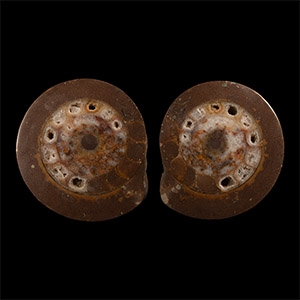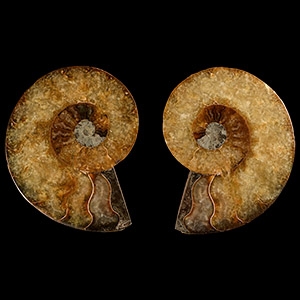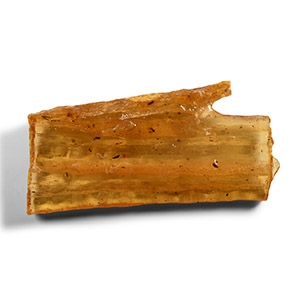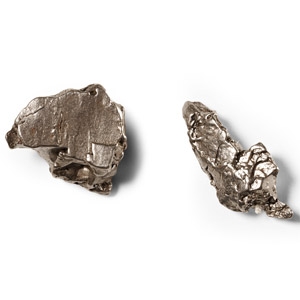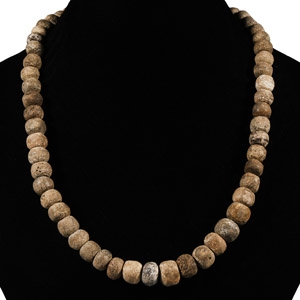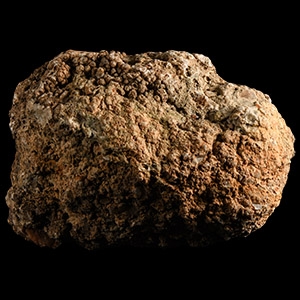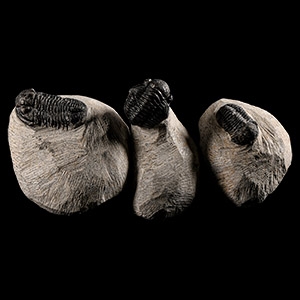Home > Auctions > 5 - 9 September 2023
Ancient Art, Antiquities, Natural History & Coins
Auction Highlights:
From Black Ven, Lyme Regis, Dorset, UK, 1988.
Ex UK collection.
From an old Lincoln, UK, collection.
From the Atlas Mountains, Morocco.
Acquired 1950s-1960s.
From an old Bristol, UK, palaeontological collection.
From Timor, Indonesia.
Acquired 1950s-1960s.
From an old Bristol, UK, palaeontological collection.
Collected 1930-1960.
From the collection of the palaeontologist R Gledhill.
From Madagascar.
Acquired 1950s-1960s.
From an old Bristol, UK, palaeontological collection.
From Chaco Province, Argentina, found 1576.
Property of an East Sussex, UK, teacher.
See Graham, Bevan and Hutchison ed., Catalogue of Meteorites, Natural History Museum, 1985, p.88, for details of this fall.
A crater field of roughly 26 craters was found in the vicinity of this crater, which is estimated to date to 4-5 thousand years BP. The age of the meteorite itself is thought to be c.4.5 billion years, formed as part of the development of this solar system. The largest two fragments, the 30.8 ton Gancedo and 28.8 ton El Chaco, are among the heaviest meteorite masses ever recovered on Earth. In 1576, the governor of a province in Northern Argentina commissioned the military to search for a large mass of iron, which it was believed the local people claimed had fallen from the sky and which they used for their weapon production. The expedition discovered a large mass of metal which was assumed to be an iron mine and brought back a few samples, which were described as being of unusual purity. Following the legends, in 1774 Don Bartolomé Francisco de Maguna rediscovered the iron mass. He himself did not believe that the stone had fallen from the sky and assumed that it had formed by a volcanic eruption. However, he sent the samples to the Royal Society of London. In 1990 it became protected by law.
Private UK collection formed in the 1980s.
Property of an East Sussex, UK, teacher.
From the Morrison Formation, Colorado, USA.
Collected 1930-1960.
From the collection of the palaeontologist R Gledhill.
Discovered 1576 A.D., Chaco Province, Argentina.
Ex Lincolnshire, UK, collection.
See Graham, Bevan and Hutchison ed., Catalogue of Meteorites, Natural History Museum, 1985, p.88, for details of this fall.
A crater field of roughly 26 craters was found in the vicinity of this crater, which is estimated to date to 4-5 thousand years BP. The age of the meteorite itself is thought to be c.4.5 billion years, formed as part of the development of this solar system. The largest two fragments, the 30.8 ton Gancedo and 28.8 ton El Chaco, are among the heaviest meteorite masses ever recovered on Earth. In 1576, the governor of a province in Northern Argentina commissioned the military to search for a large mass of iron, which it was believed local people claimed had fallen from the sky and which they used for their weapon production. The expedition discovered a large mass of metal which was assumed to be an iron mine and brought back a few samples, which were described as being of unusual purity. Following the legends, in 1774 Don Bartolomé Francisco de Maguna rediscovered the iron mass. He himself did not believe that the stone had fallen from the sky and assumed that it had formed by a volcanic eruption. However, he sent the samples to the Royal Society of London. In 1990 it became protected by law.
From El Kaid, Morocco.
Acquired 1950s-1960s.
From an old Bristol, UK, palaeontological collection.
From the Atlas Mountains, Hamar Laghdad Formation, Pragian, (Alnif), Morocco.
From an old Oxford, UK, paleontological collection.
1933 - 1944 of 2453 LOTS

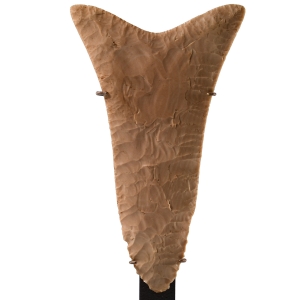
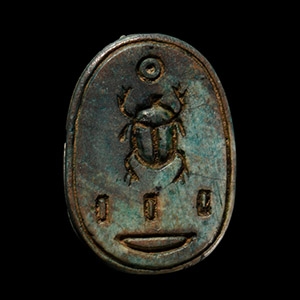
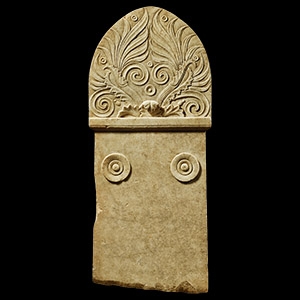
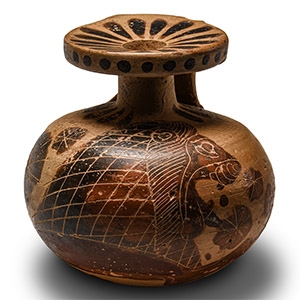
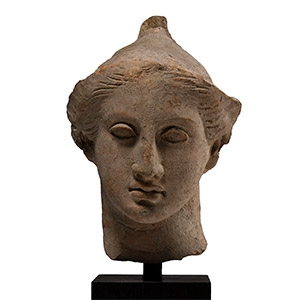
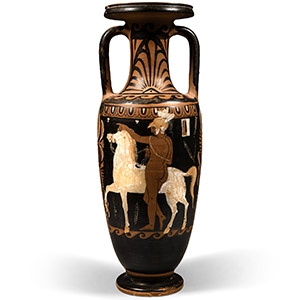
.jpg)
.jpg)
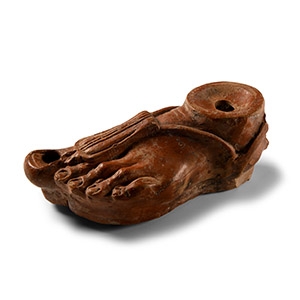
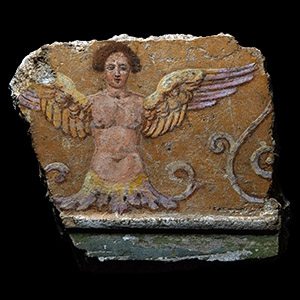
.jpg)
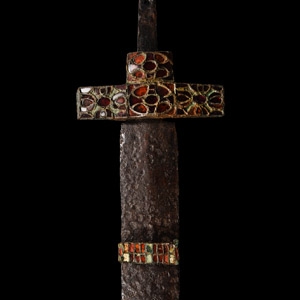
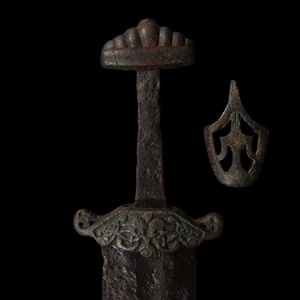
.jpg)
